It’s easier than you might think to become indifferent or lose that first-time magical wonder about the world when you see wondrous things almost daily. I liken it to watching a fireworks display with all the oohs and aahs in the beginning, but 20 minutes in, it takes much more spectacular explosions to elicit the same response. An hour later, I would be yawning and heading for home. If the sky still crackled with color a month later, most of us would hardly notice, or complain of the noise.
So you see, in many ways it’s a job hazard to experience a fairly constant stimulation of foreign people, places and things. I know, no one is crying for me. Just hear me out.
There’s something warm and secure when the extraordinary becomes ordinary. Imagine you have a famous friend and react to that person like you’re star-struck every time you see him. The fun actually begins when the spotlight is turned off, and you reach the comfort zone of true friendship where you don’t see the star but the person.
One extreme is wide-eyed wonder. The other, cynical boredom. Somewhere in between is where I want to be – still enjoying the fireworks with the occasional “wow!”
When I go to a new place for work, I always pray that I will see it with fresh eyes, that the stories will come into focus, that I can ignore the irritations and frustrations. Often it is one person on the trip that will light up my sky, one moment of clarity or insight, or maybe just a visual chocolaty feast – like Lindt’s 60% Extra Dark Chocolate Truffles. Sometimes the pilot has to drag me away, as I’m saying, “Wait, just one more…”
On my latest trip to Tanzania, there were several of these moments on the medical safaris that MAF runs.
Martha Katau, lit up my sky. She’s an educated female Maasai – a rare thing for someone raised in the bush. She says it’s “by the grace of God” that her father insisted she be educated, the only one of six children who finished school. She has been key to helping MAF find new places in South Maasai that are most in need and she joins the safaris, to pray, preach, and translate.
Martha was upfront on some of the problems with Maasai culture, including what life is like for an overwhelming number of young Maasai girls, age 13-15, who are married off to men 40+ years older with multiple wives, subjected to a life of no education, no options, and a husband who beats you. After speaking to some young pregnant girls at one of the clinics, Martha declared angrily, “They are still babies! It is like rape. I can say that. It’s not their decision to be married. It’s not their decision to be pregnant. So why don’t I say it’s a kind of rape!” She believes that only education for these girls will change things, when they know enough to say “No.”
I had several dark chocolate visual feasts on this trip. My two favorites: the blue and white fashion of the Maasai women, and flying through a landscape dodging massive columns of moving rain like some kind of video game.
The fashion of these Tanzanian Maasai women is extremely different from the more familiar Kenyan variety. Kenyan Maasai tend to favor all shades of red and wear huge brightly colored beaded jewelry around their necks, arms and ankles. Not only is the cloth color different in Tanzania, but I found their jewelry to be unusually simple and made predominantly of tiny white beads, or no jewelry at all. My favorite ‘accessory’ was their baby bottles, made from gourds and beautifully decorated with white beads sewn on dark leather. I now have one hanging on my wall. It makes me smile every time I look at it.
And the rainstorms are otherworldly, like giant alien ghosts floating all around the plane. How many pictures of rain does one person need?
And lastly, my moment of clarity was the realization that these beautiful Maasai people, the tall, proud international celebrities of the African world, are human like us all. We seem to attach a higher level of romanticism to their traditional lifestyle, but they suffer from lack of healthcare, bad or no educational options, dirty water, and terrible road access. They may live in the bush but they’re not stupid. They want these basic services. They feel forgotten. Their culture as well has some pretty ugly parts to it. I’m talking of the way children and women are treated. I don’t need to be politically correct. It’s not acceptable to force a child into early marriage, and it’s not acceptable to beat a woman. So like my earlier analogy, the gloss is gone, and I see them as I see others – humans with issues, like us all. I can still love them, and feel honored to be part of a mission that helps them.
So, in spite of my moments of indifference, I’m still enjoying the fireworks.
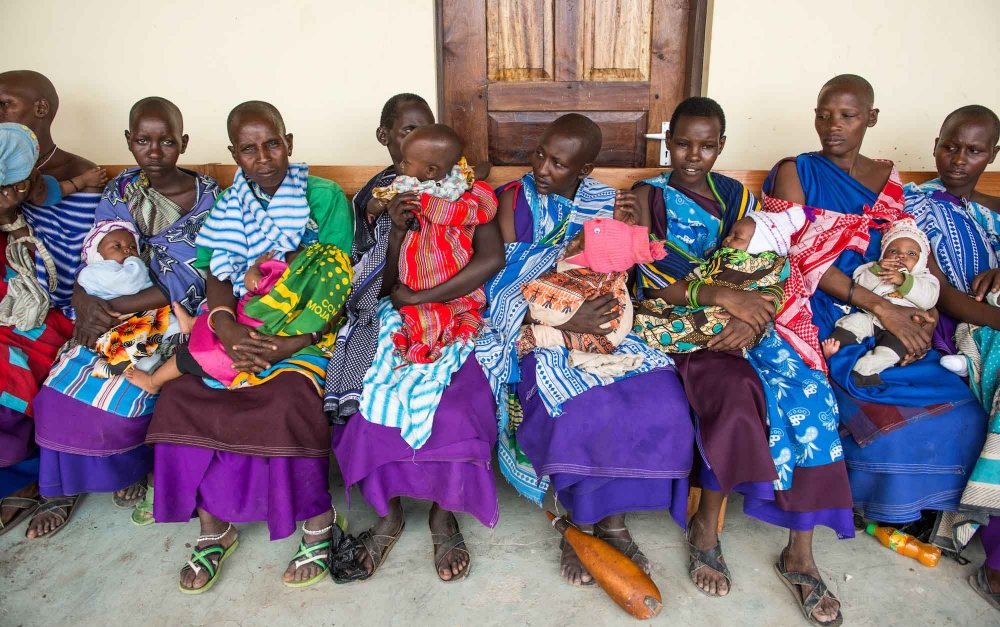
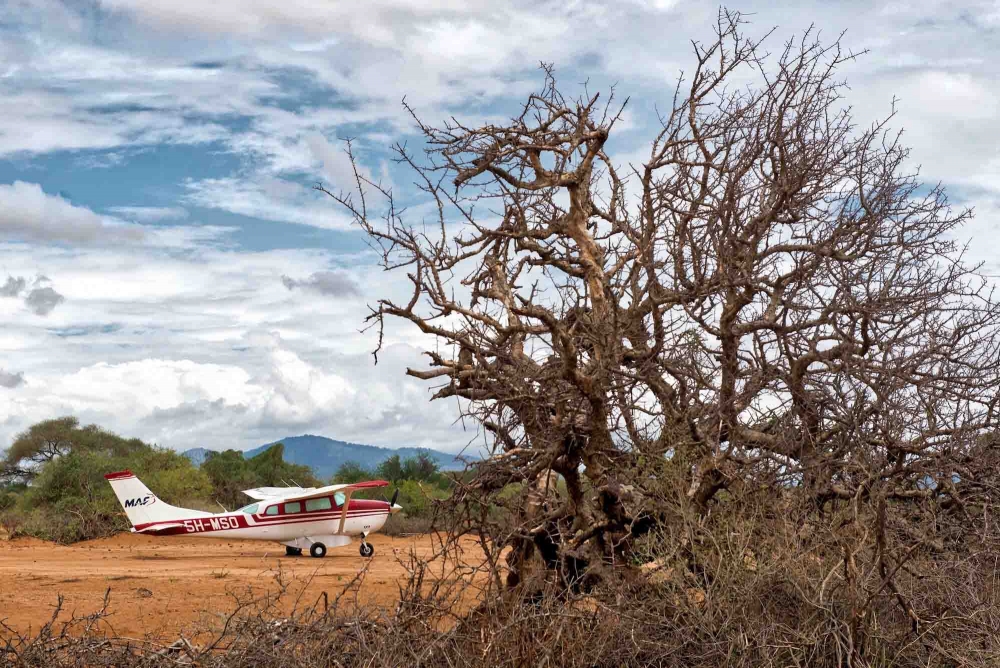
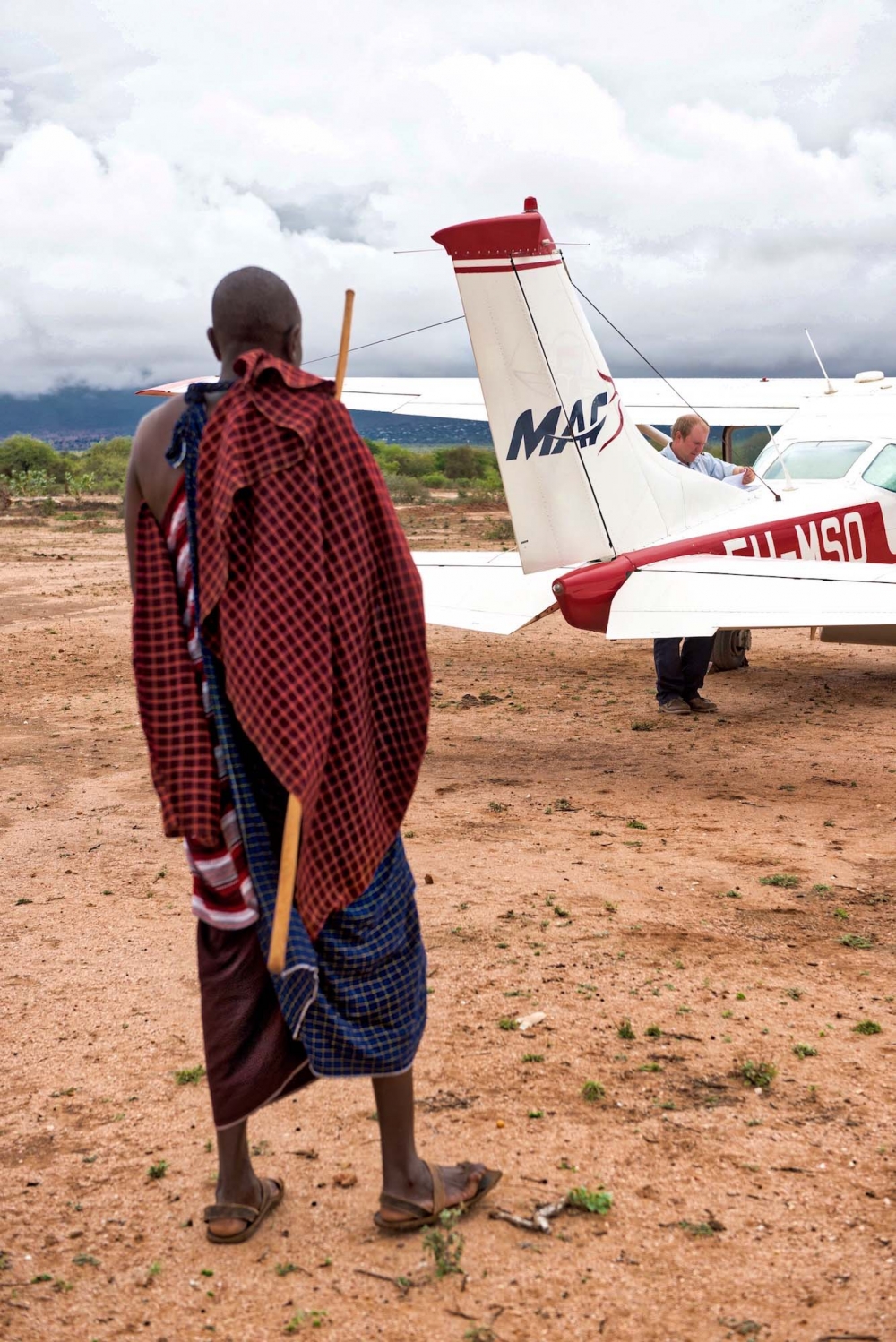
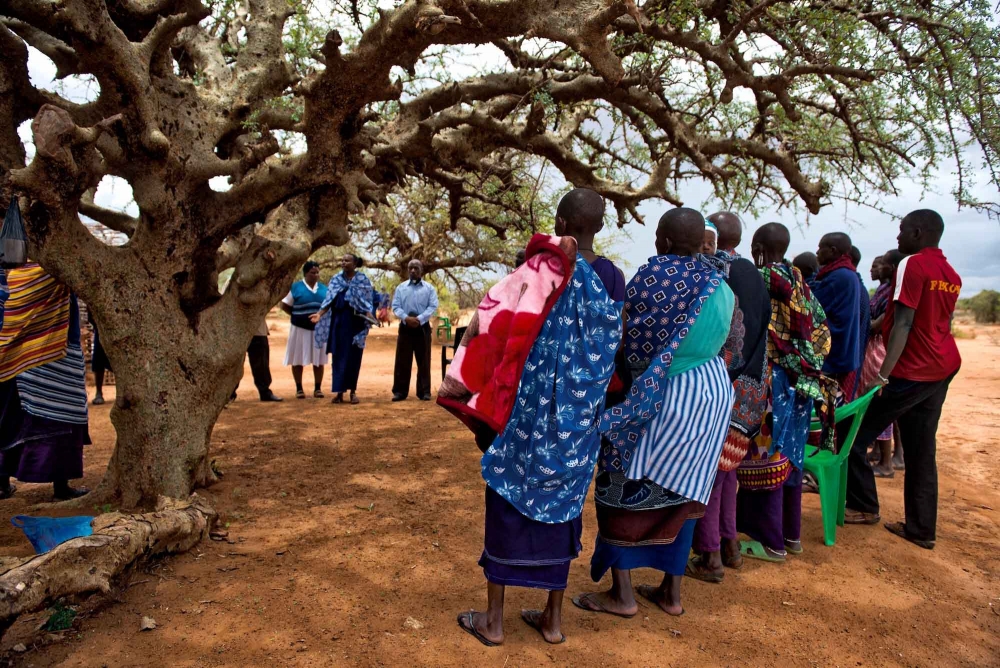
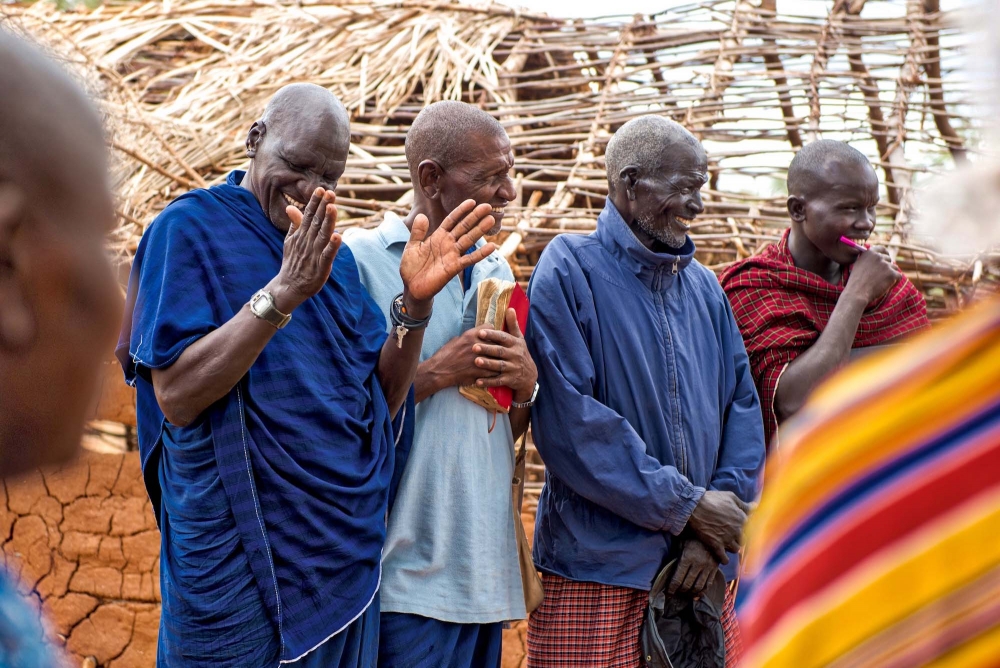
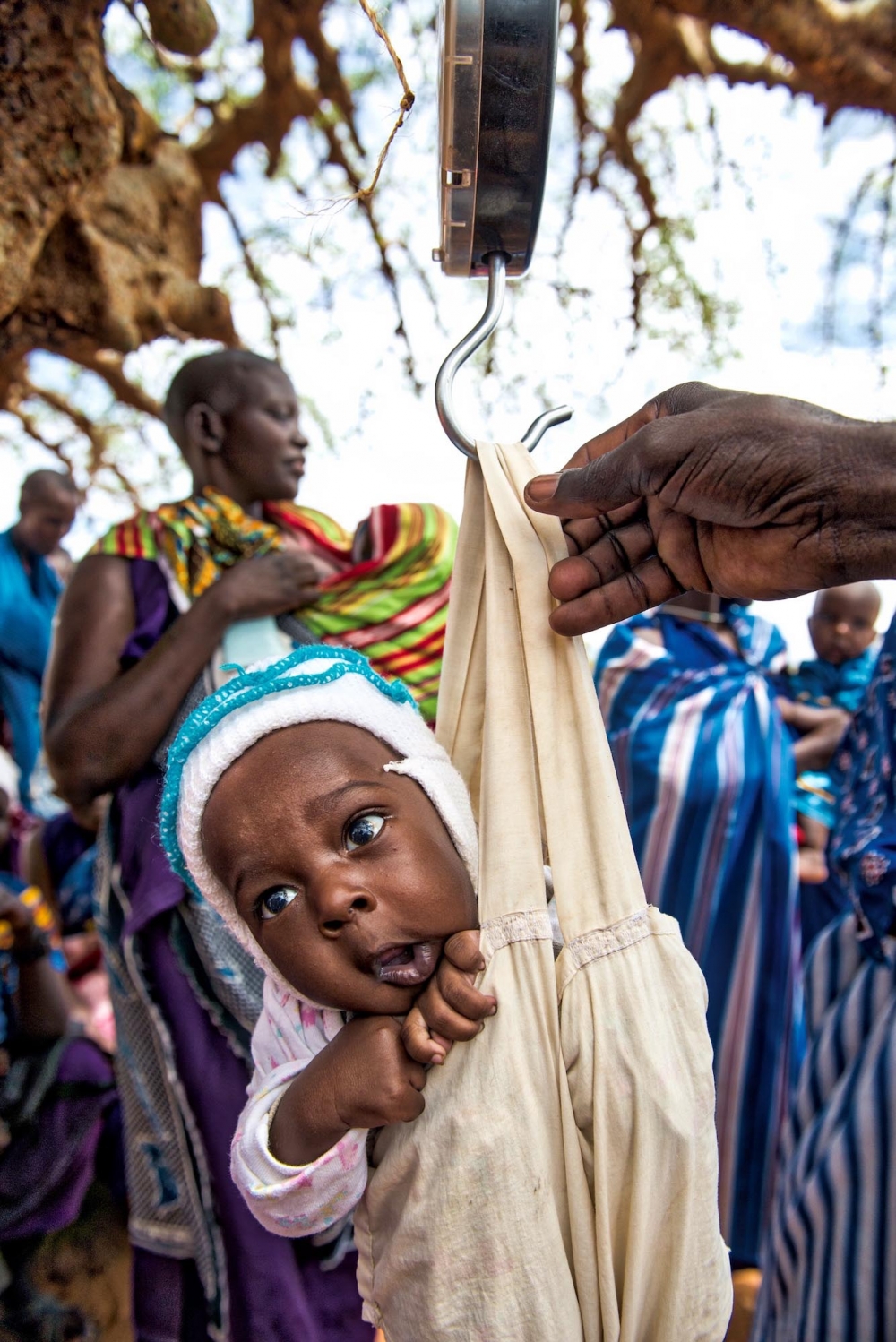
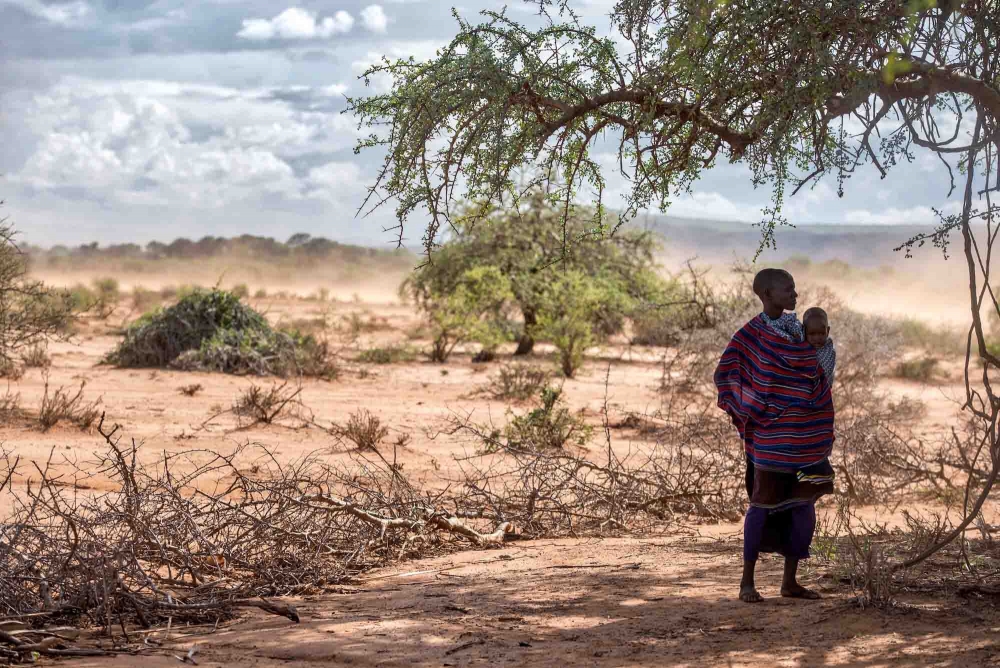
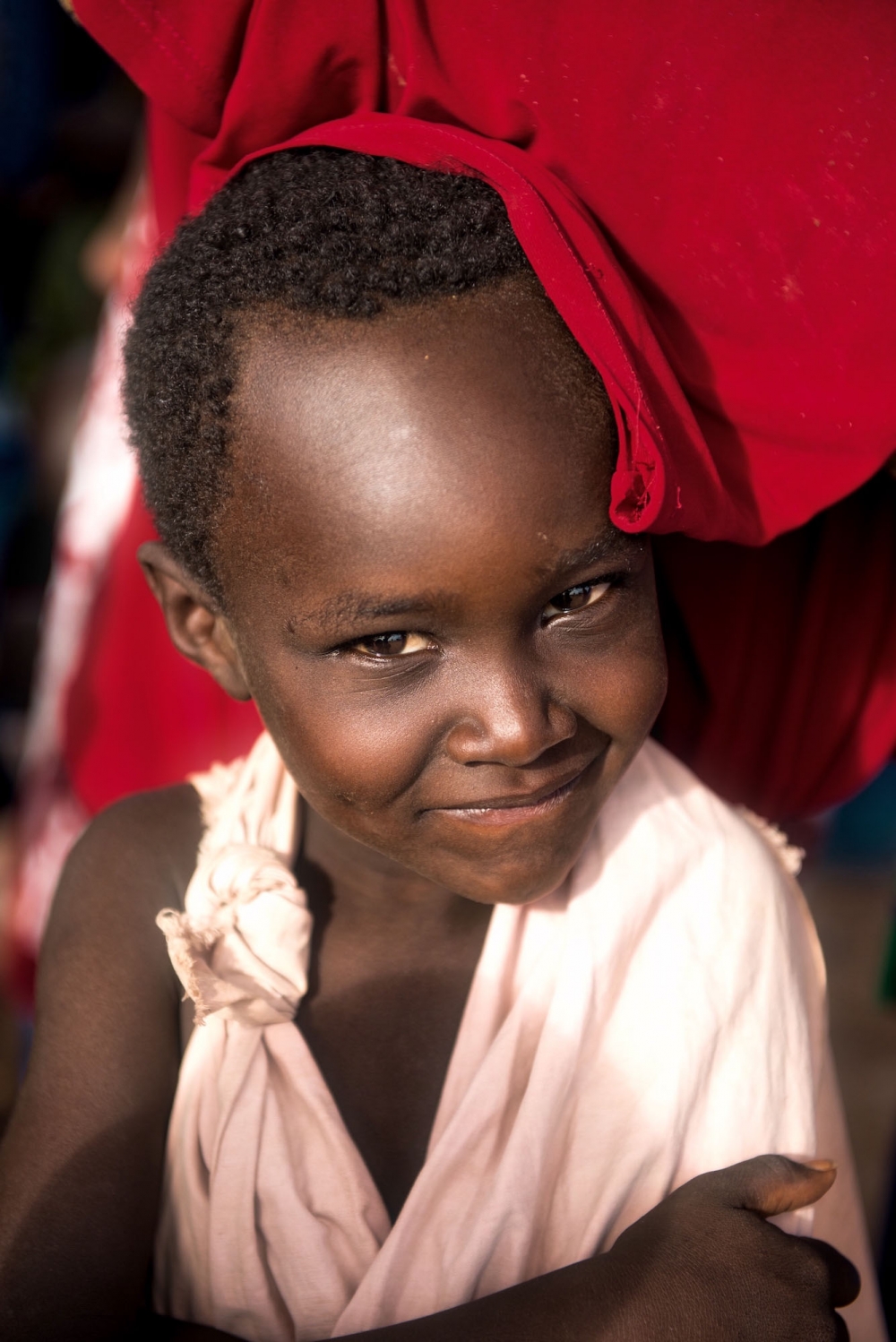
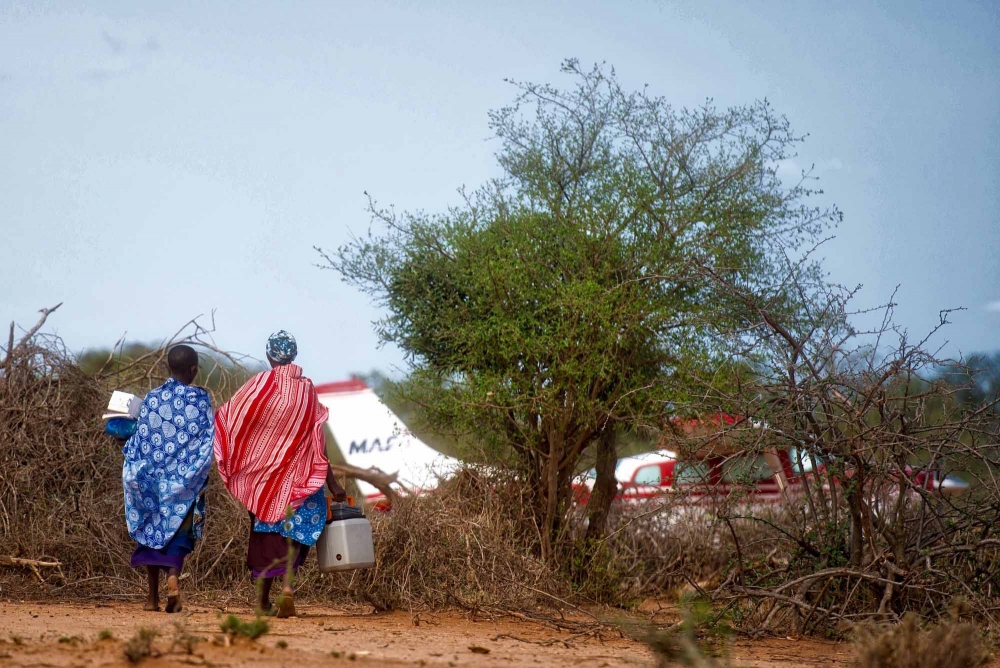
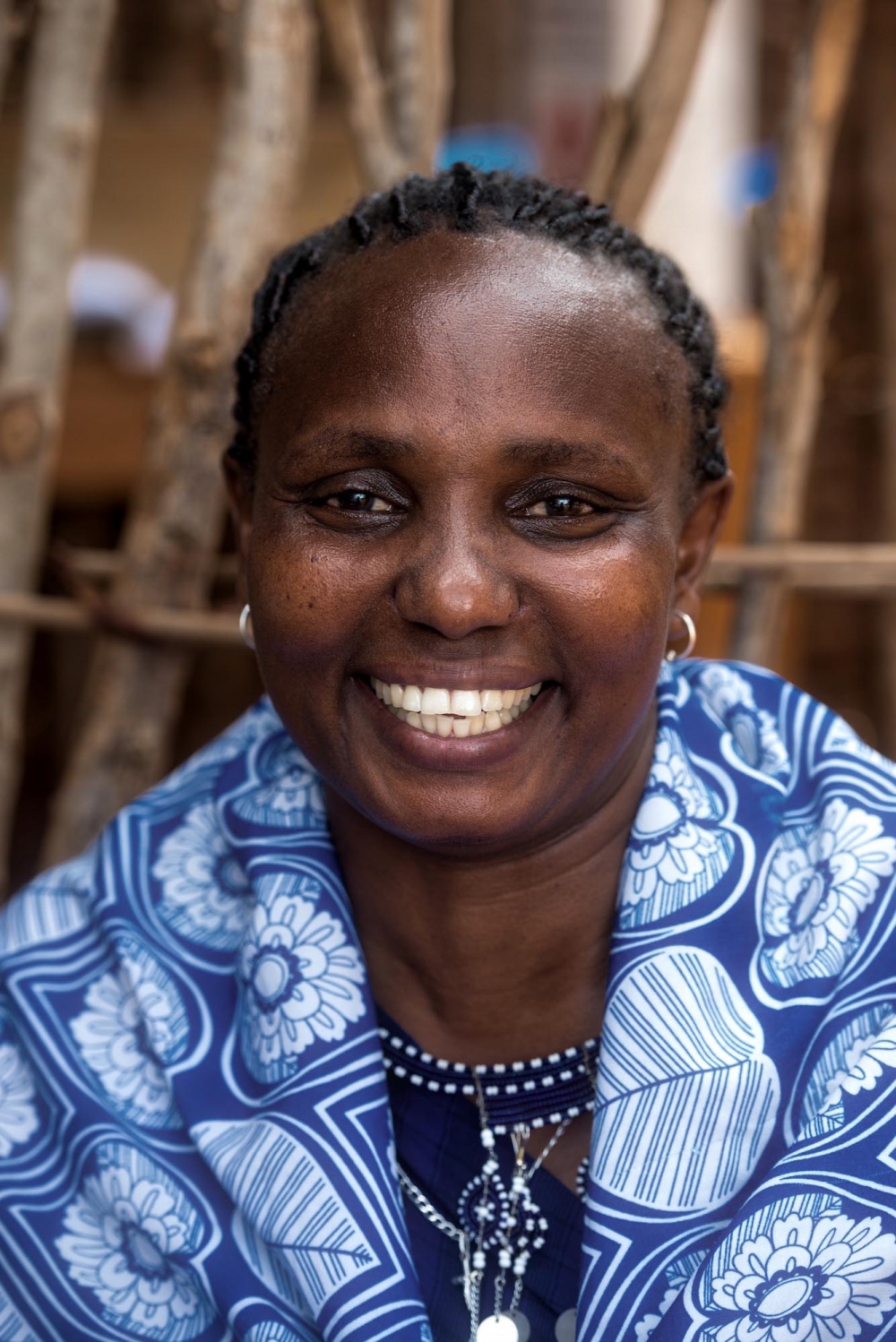
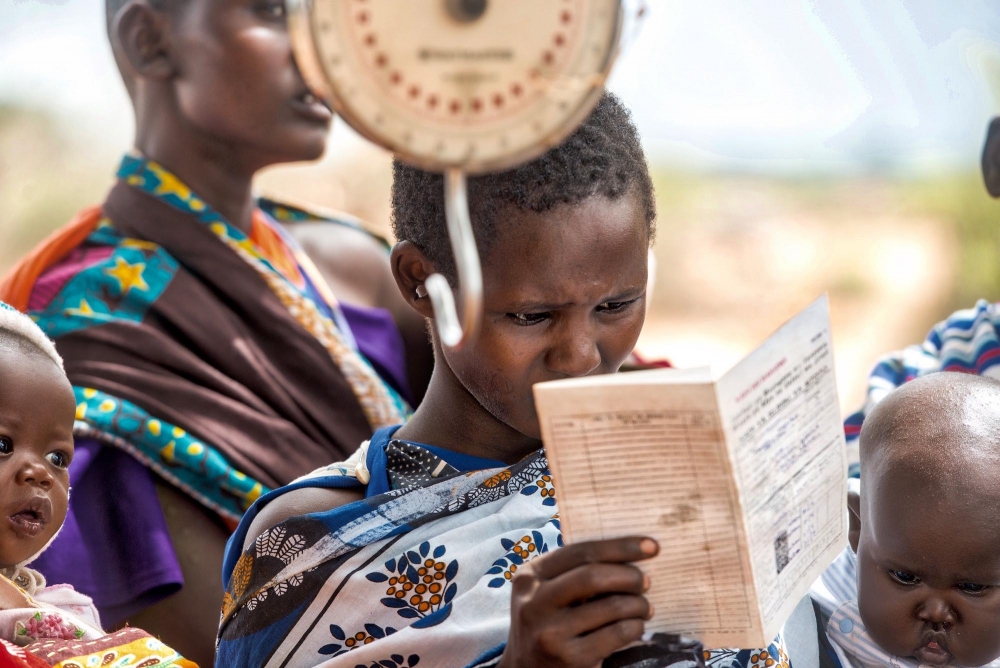
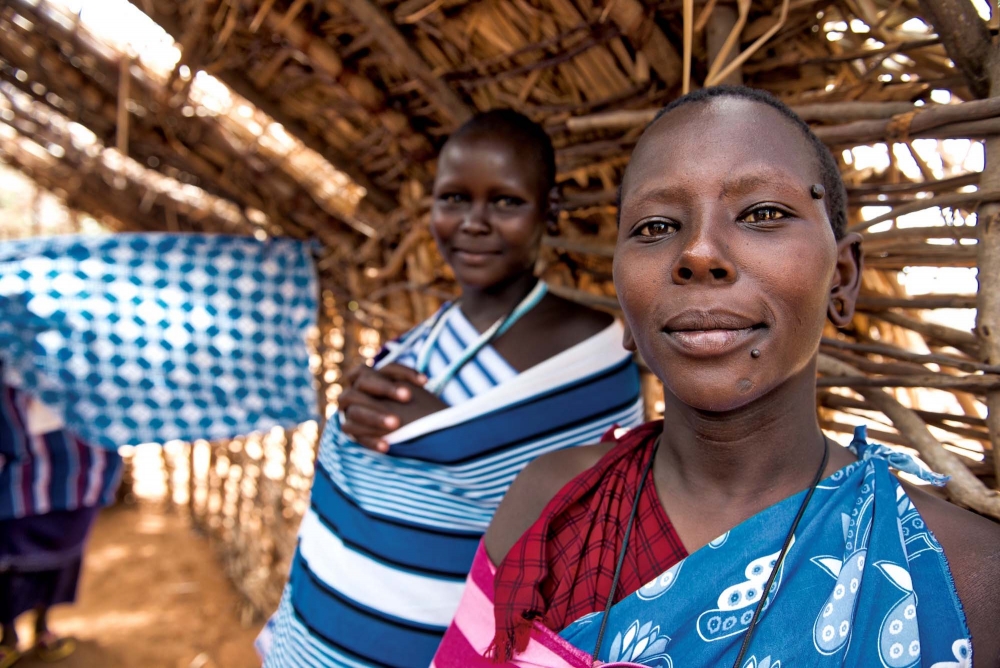
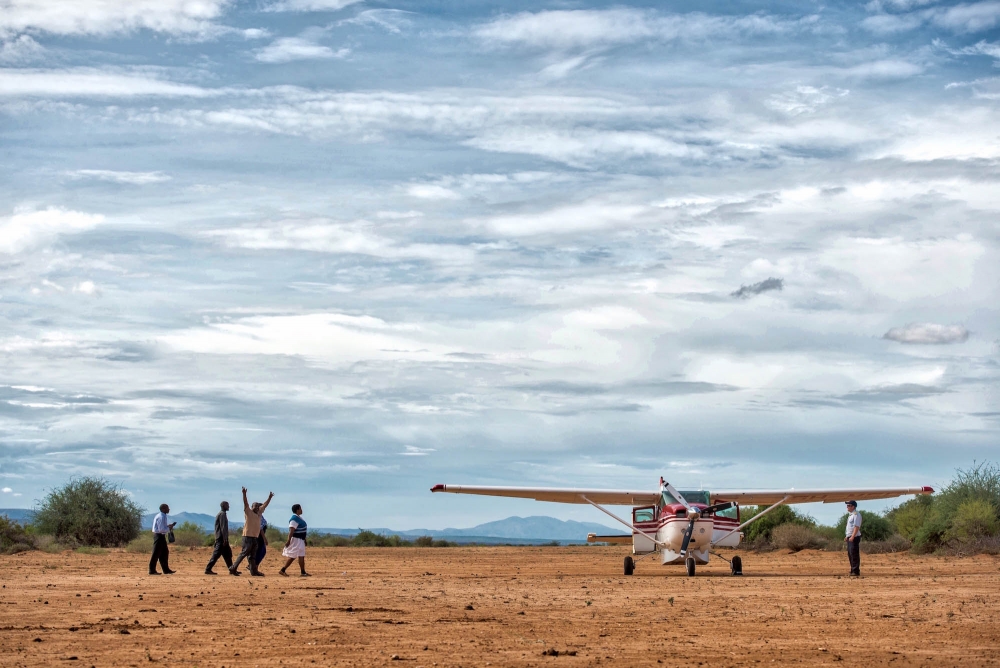
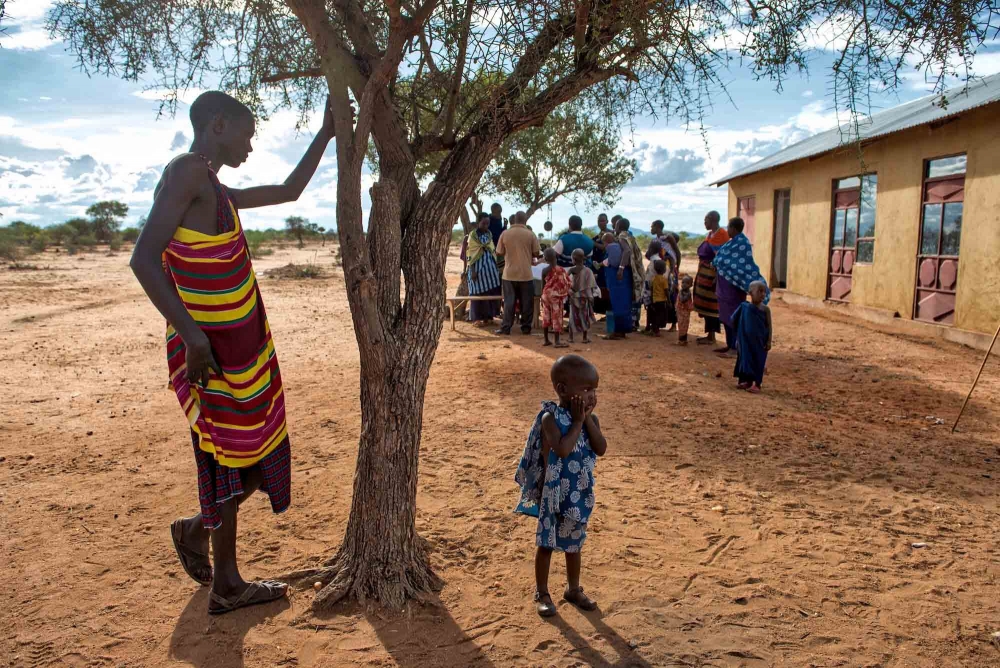
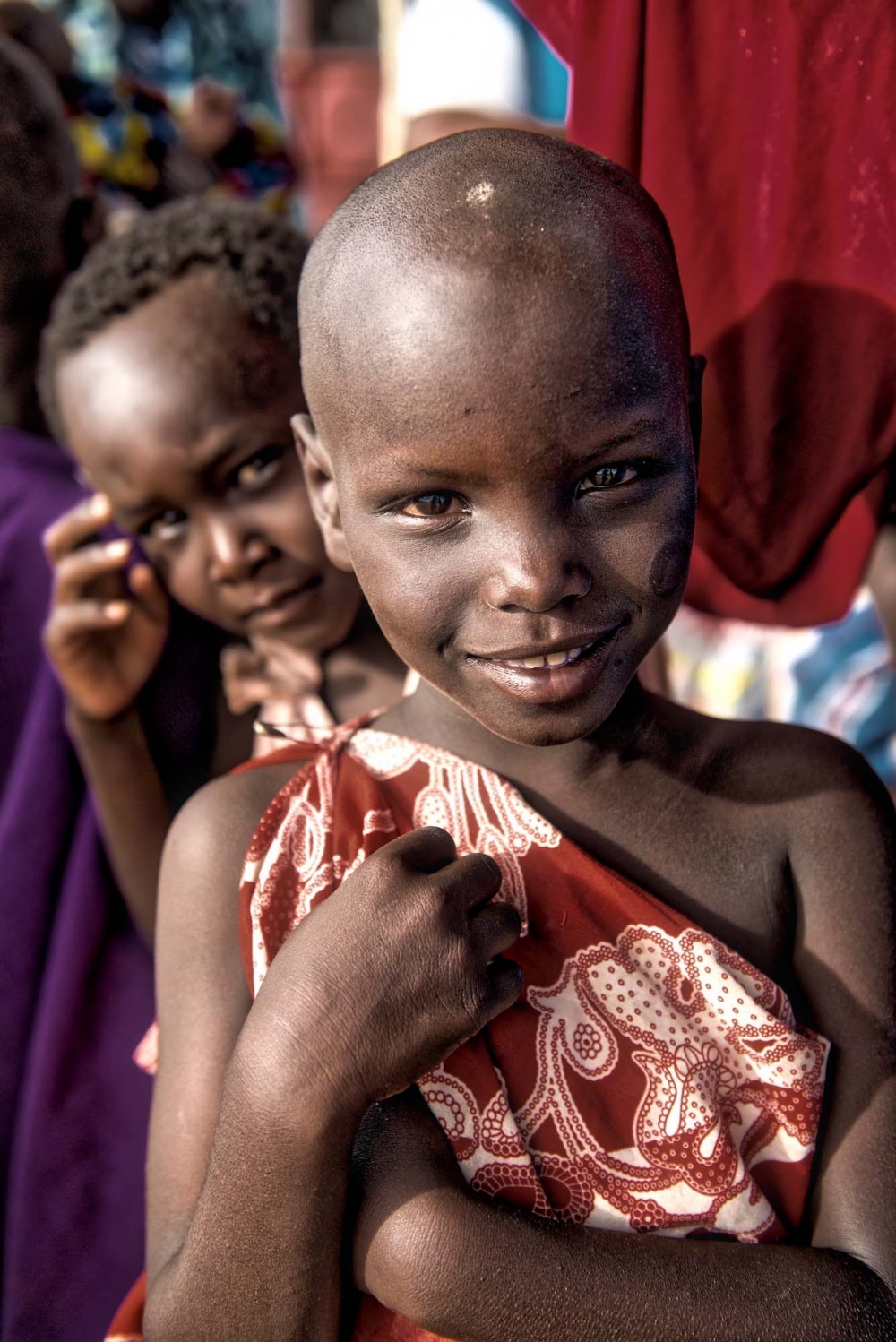
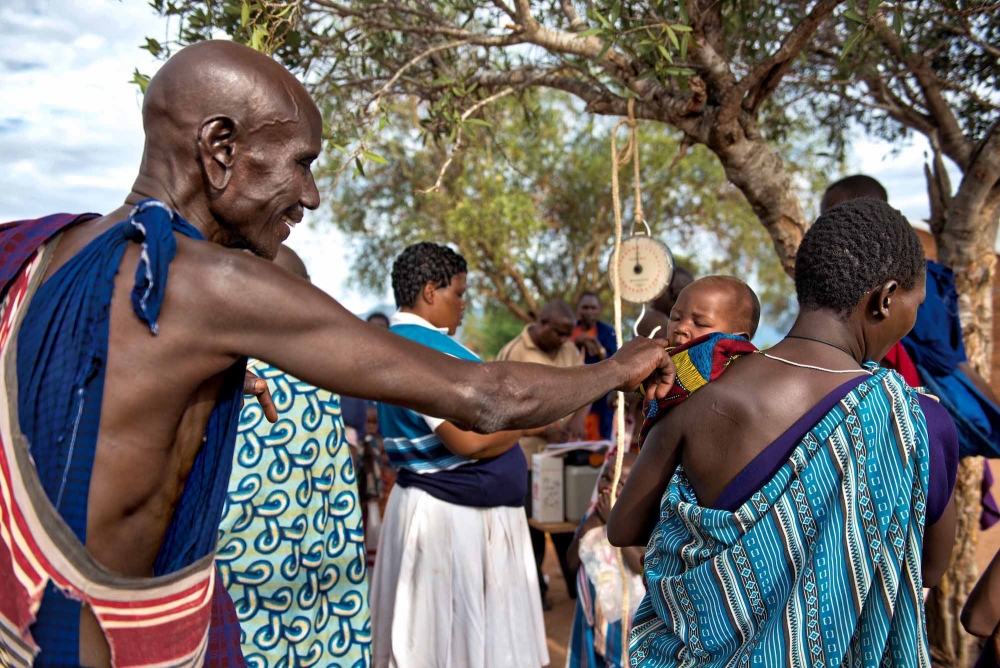
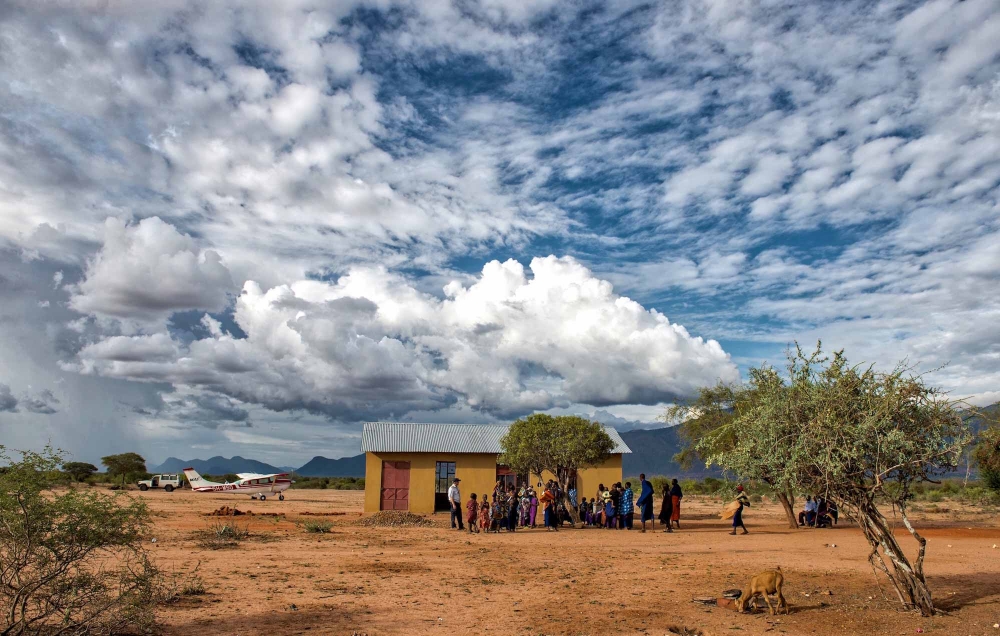
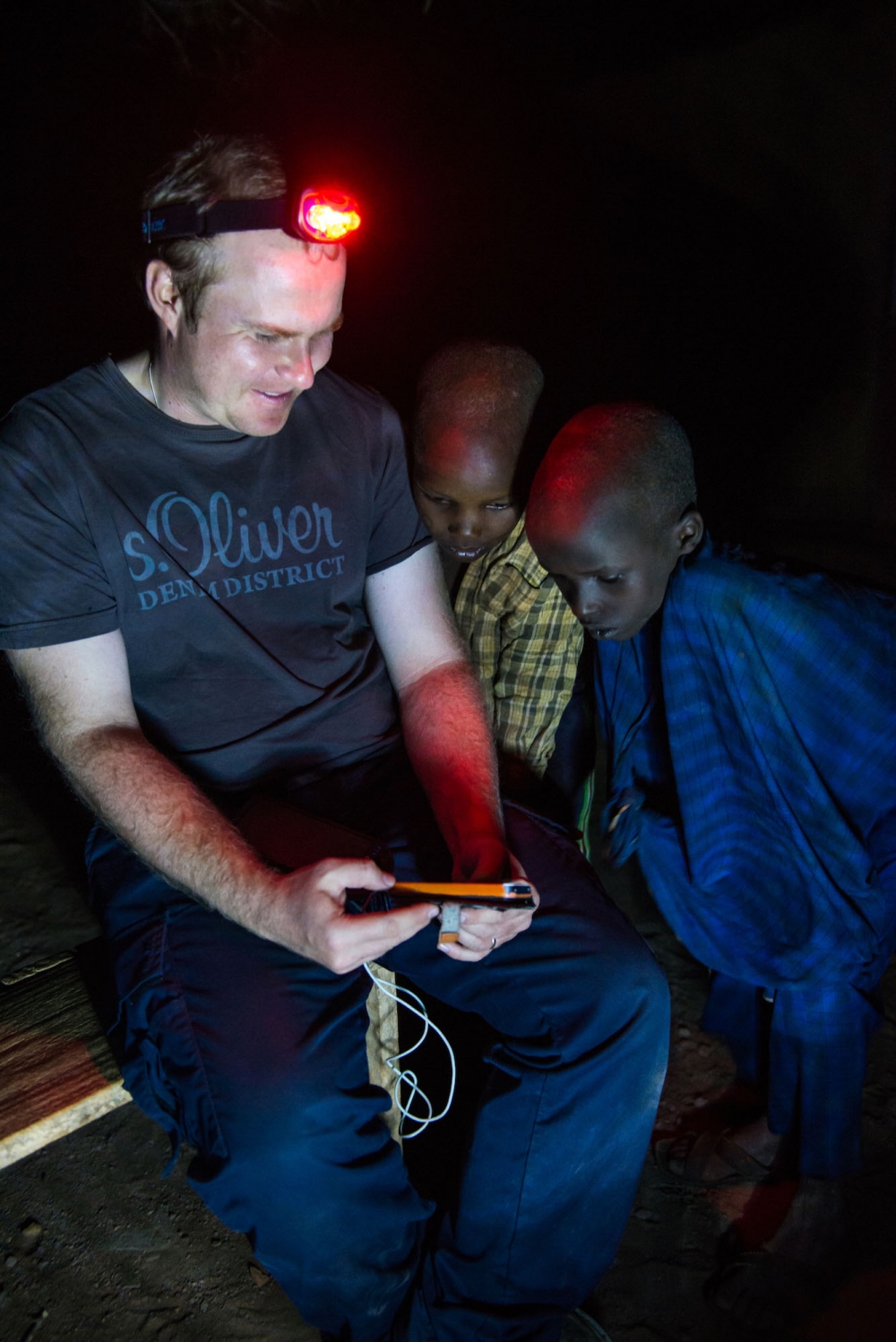
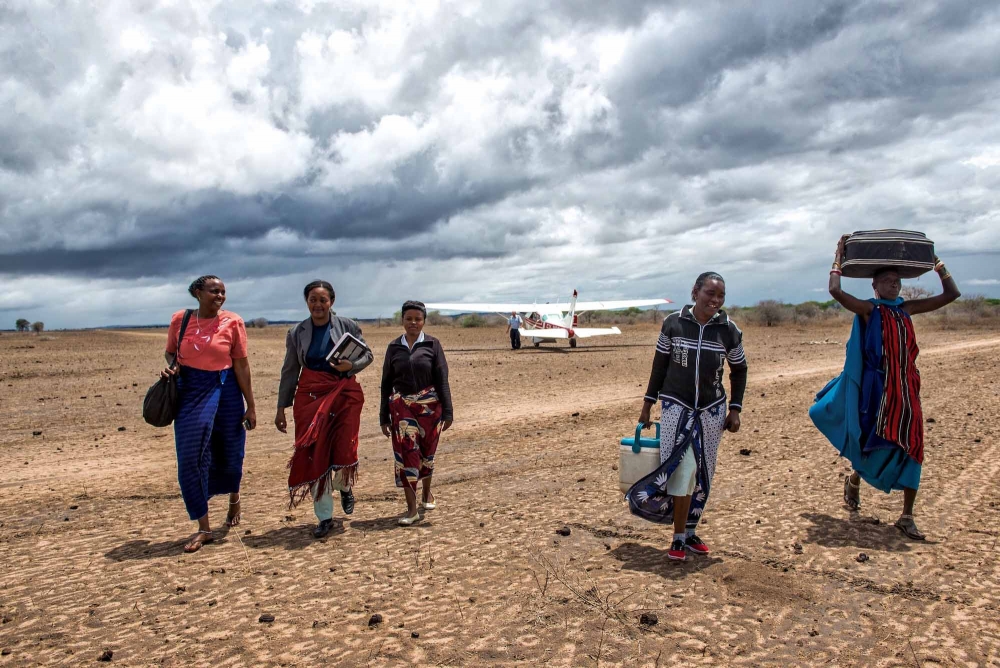
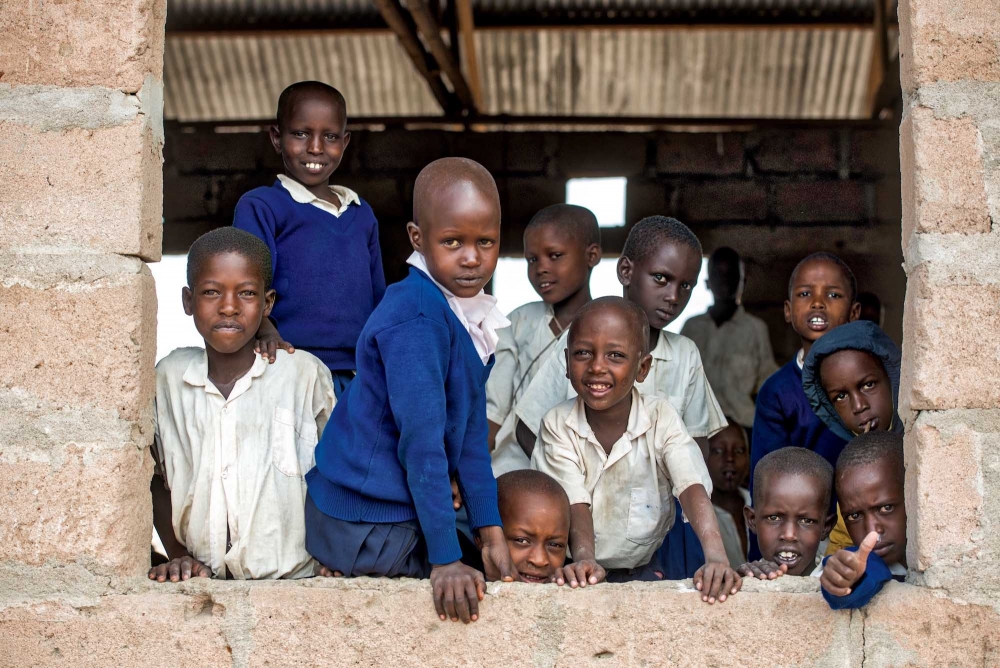
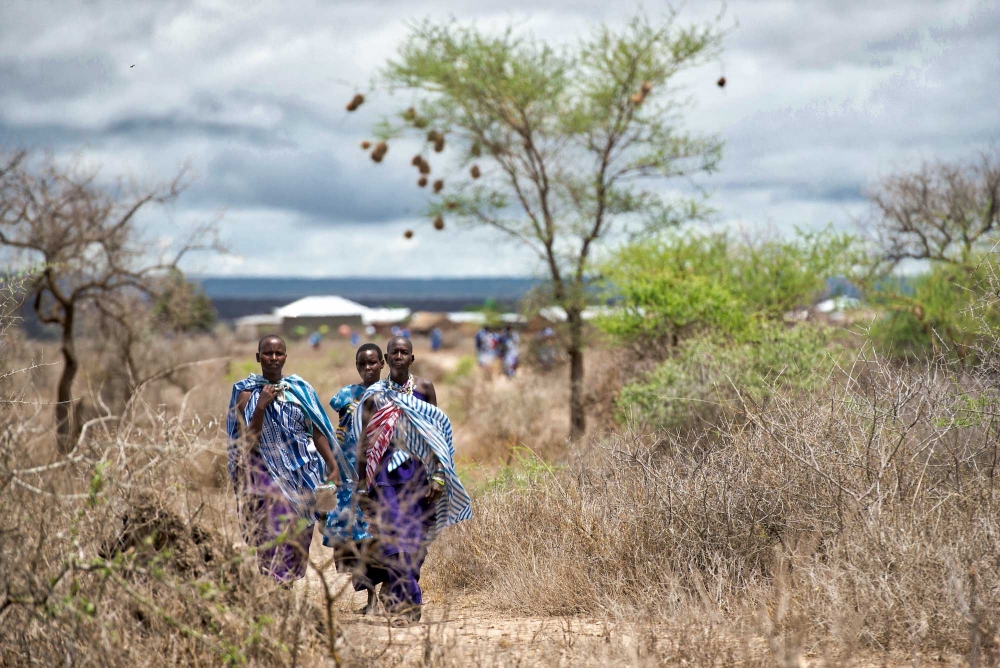
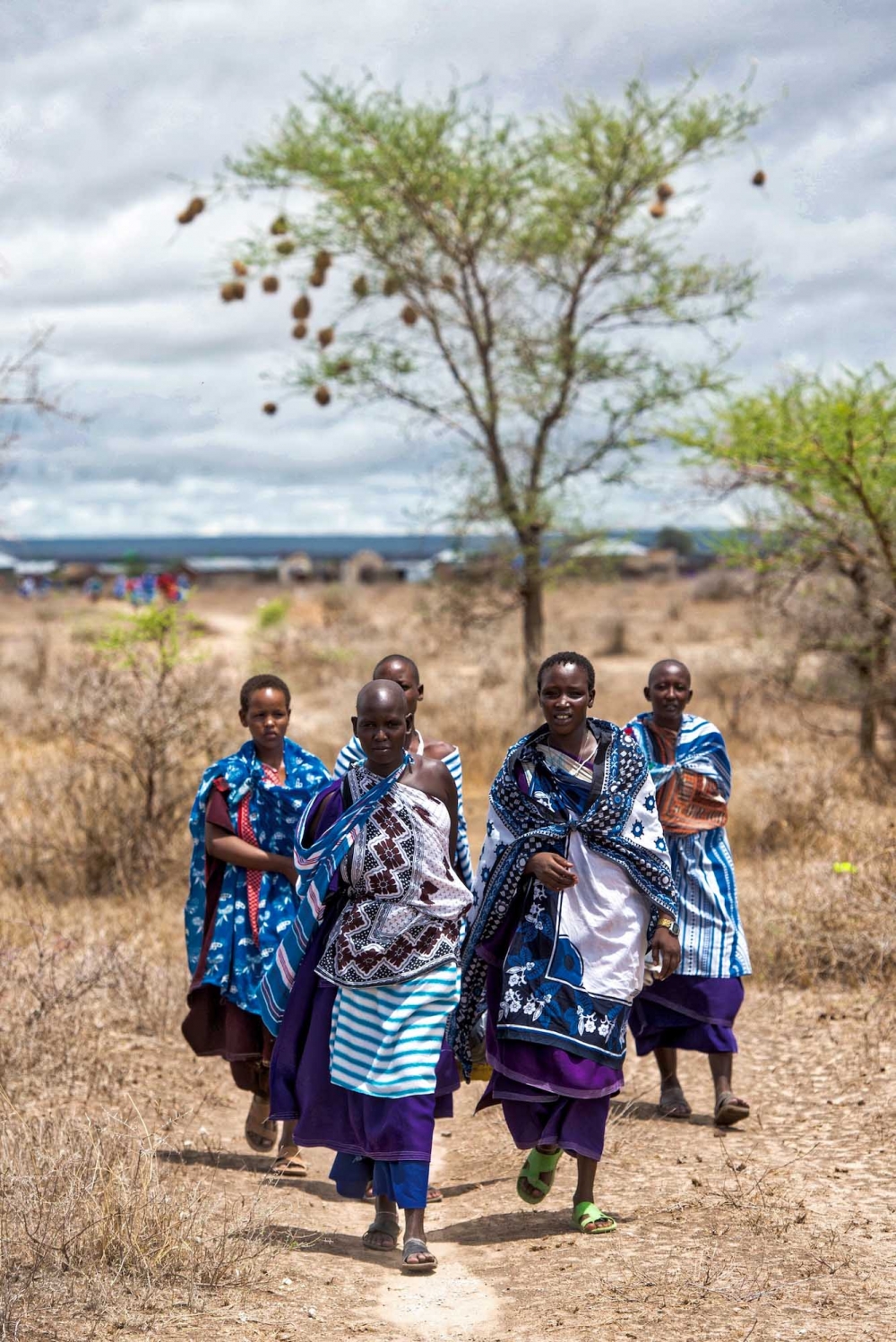
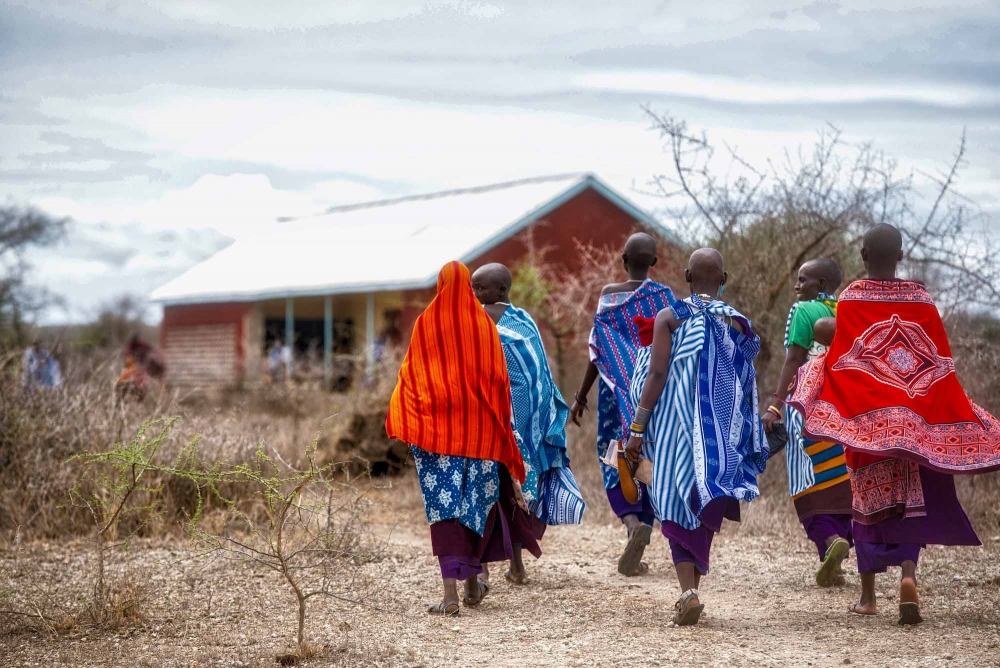
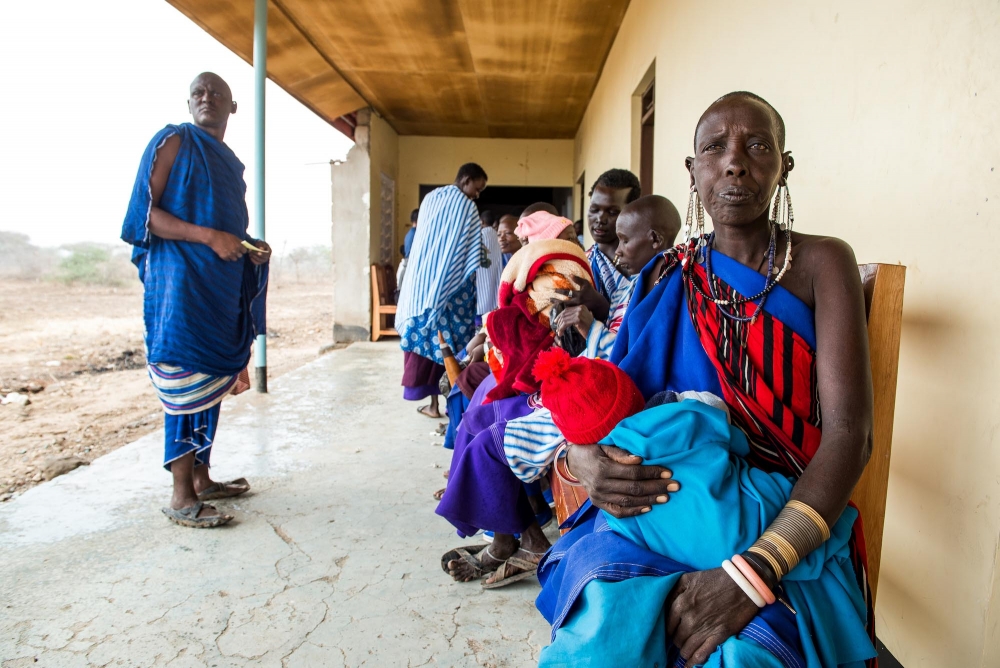
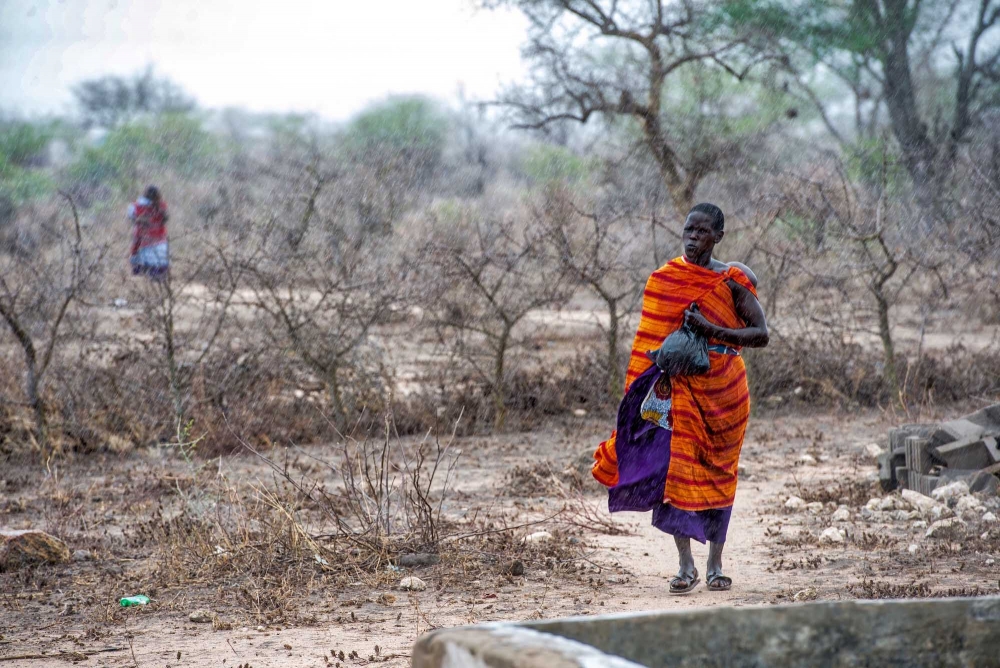
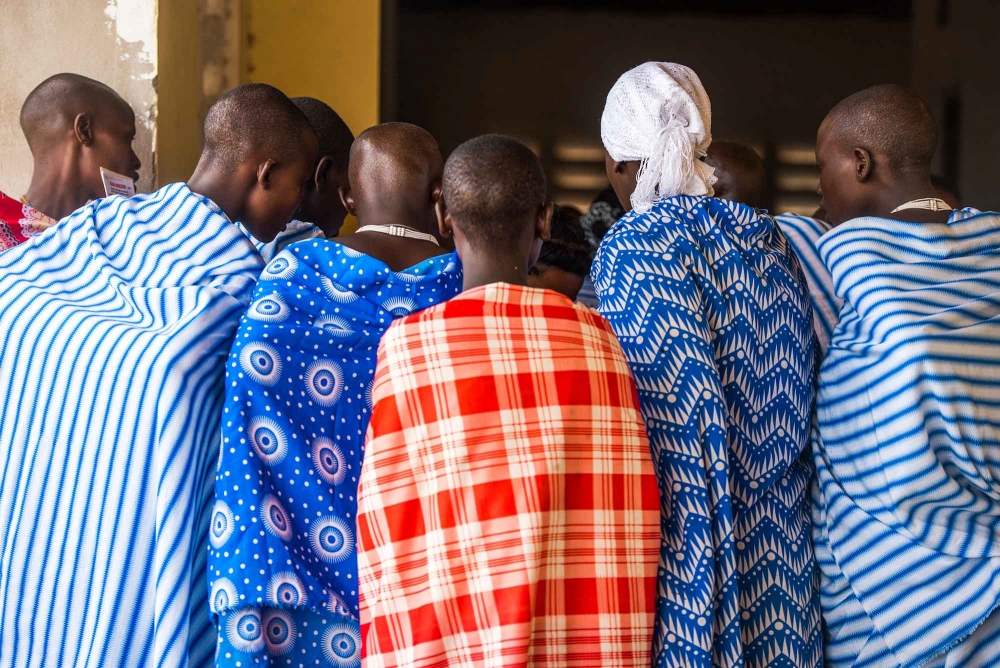
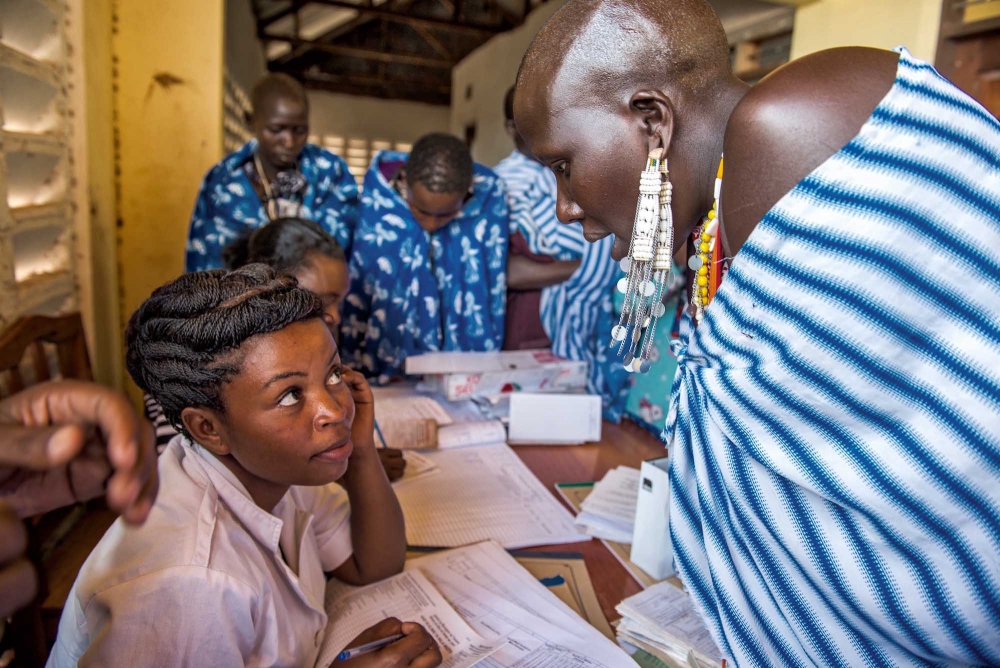
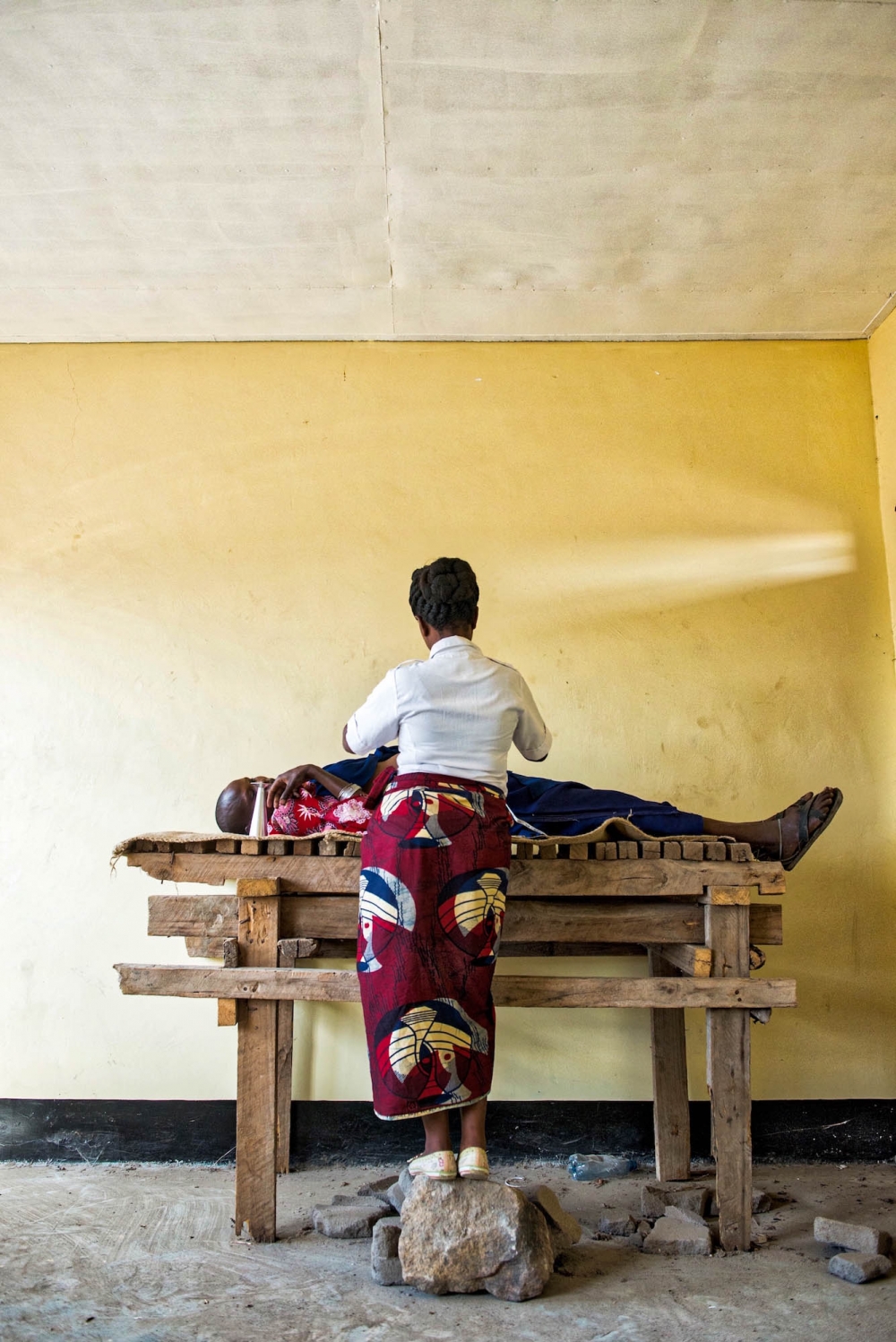
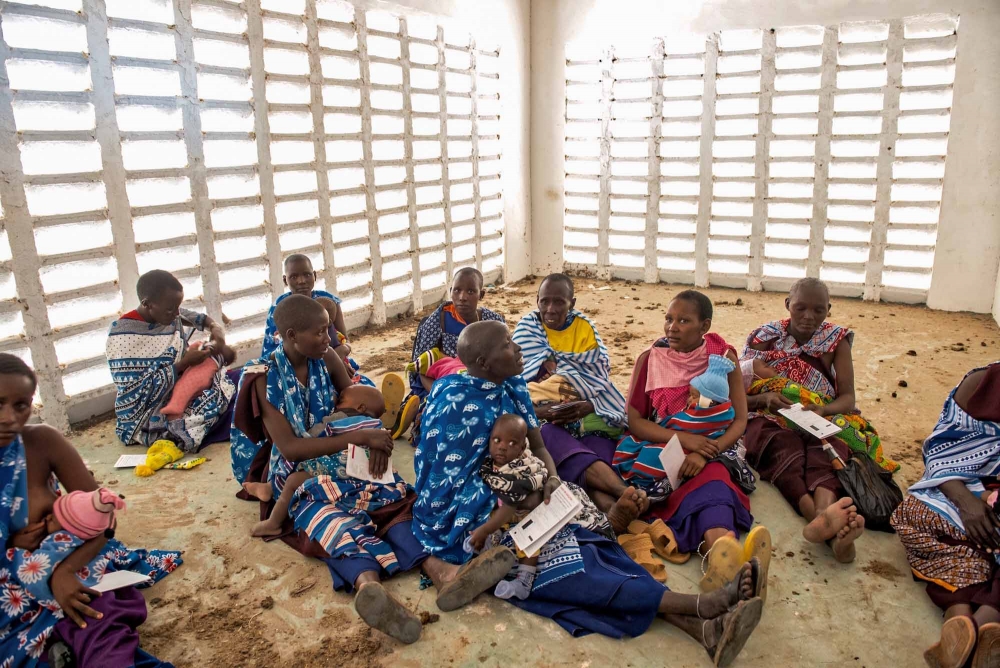




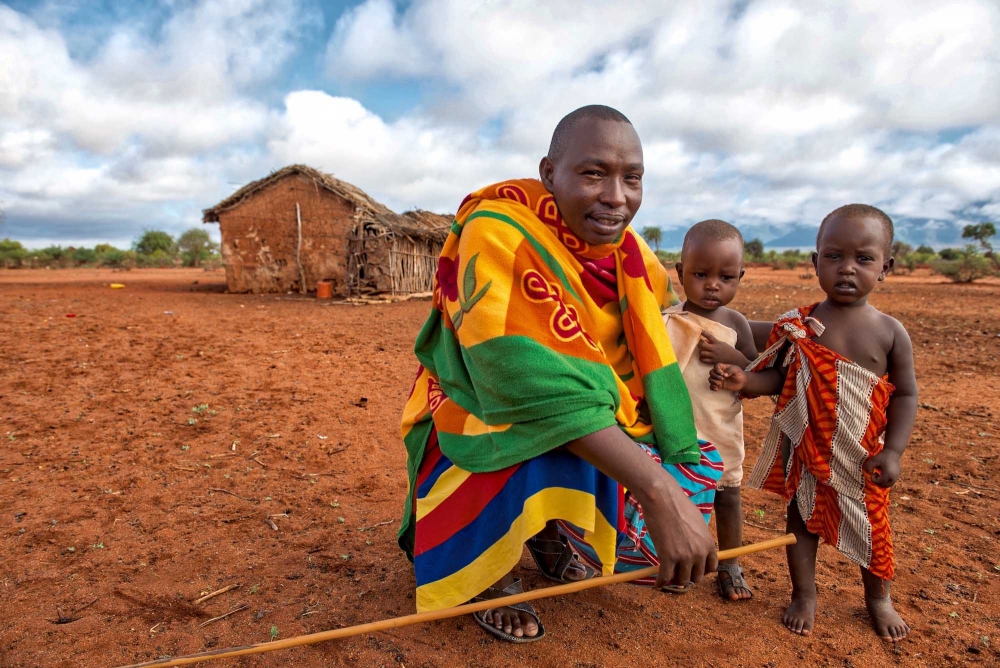
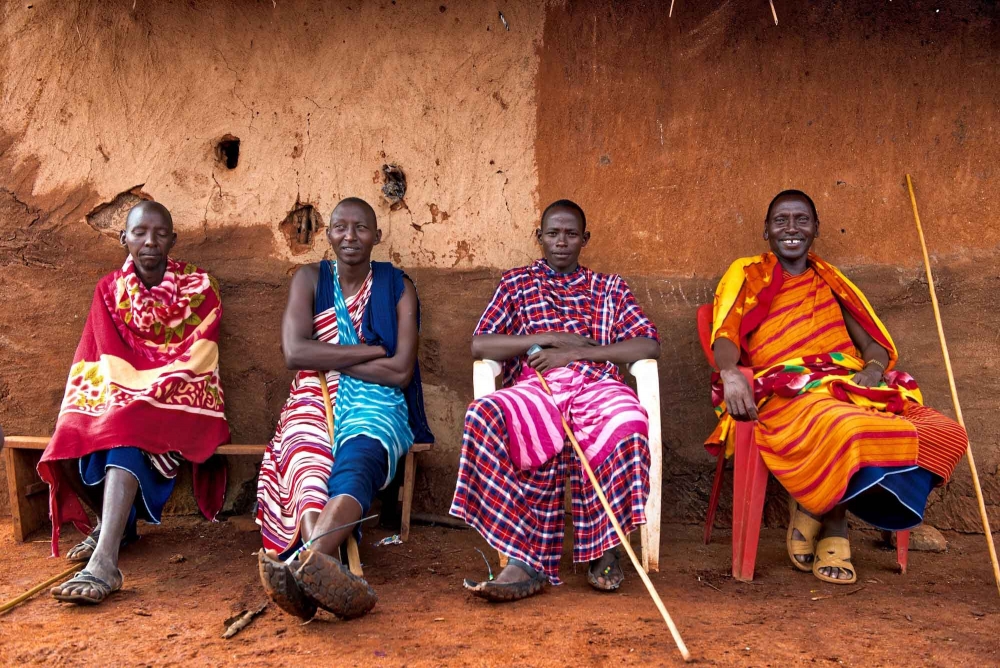
Great post Lu, the pictures and the writing!
I loved this post. The firework analogy is just the perfect way to describe it. I want to jump in to some of those photos. They are just stunning!
Wow, fantastic photos. The writing is great as well because in this era of “celebrate diversity” we statesiders have become to shy about proclaiming truth. Polygamy for these young girls is equally as ugly after the old husband dies. Without male children old enough to support their mothers, these women are most often left with nothing but unsavory options for continued survival. Like all cultures there are aspects that are regal and noble and other patterns of living that are ugly and destructive. Thanks for parsing both for us.
WOW! That’s really great, Lu. You expressed everything so perfectly–and should be helpful to all of us in our everyday life and experiences. I’m proud of you!!
wow!!!! what amazing pictures from my home area. it look like small Switzerland.